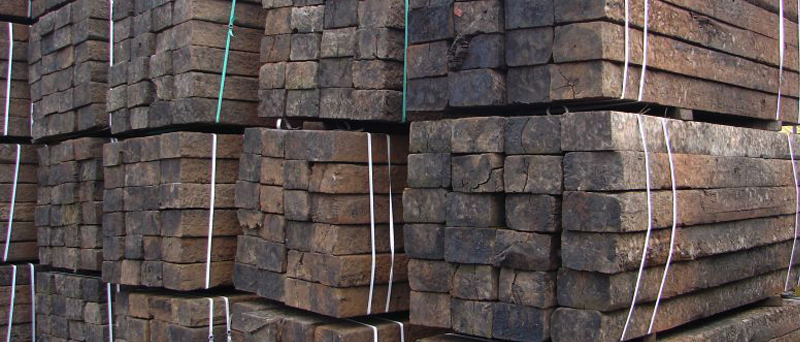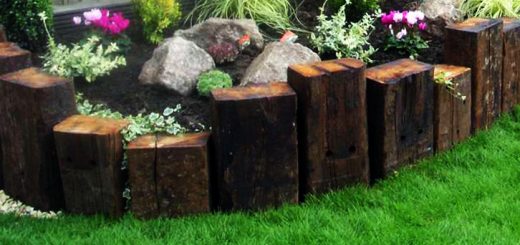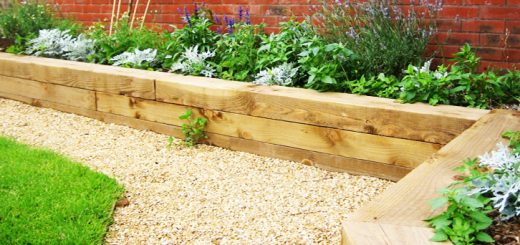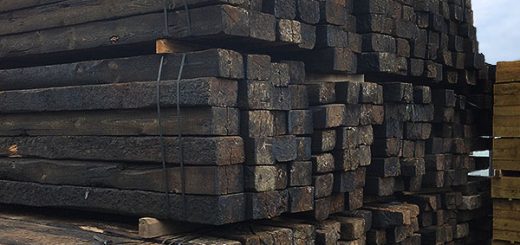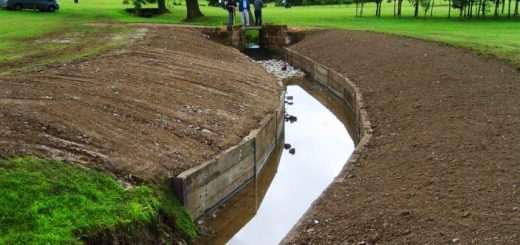Ever wandered around an old, abandoned railway track, stepping gingerly over those sturdy, timeworn beams? Those are the silent remnants of history we know as old rail sleepers. Today, we will embark on a journey that takes us through the annals of rail history, their evolving materials, and how they find new life in modern decor.
The Legacy of Old Rail Sleepers
What are Rail Sleepers?
But first, let’s answer this: what exactly are rail sleepers? Often known as railroad ties in America, sleepers are rectangular support elements used in railway tracks. They bear the load from the rails and distribute it to the track ballast and subgrade, thus making an essential part of the railway structure.
History and Evolution
Rail sleepers have been around for nearly as long as the railroads themselves. Initially, they were fashioned from wood, primarily because it was abundant, cheap, and easy to work with. But as we stepped into the era of modernity, materials such as concrete and steel also found favor.
Material Matters: Types of Rail Sleepers
Wooden Sleepers
Wooden sleepers, typically made from oak, pine, or teak, ruled the railway roost for a significant portion of railway history. There’s a timeless charm about these old wooden sleepers; their seasoned appearance whispers tales of many a journey.
Concrete Sleepers
As progress marched on, so did the need for more durable and resilient materials. Enter concrete sleepers. Although they lack the rustic charm of their wooden counterparts, concrete sleepers compensate with increased longevity and stability.
Steel Sleepers
Steel sleepers came into play with the advent of heavier trains and more demanding loads. They offer significant advantages in terms of durability, but their usage is less widespread due to the higher costs involved.
Repurposing Old Rail Sleepers
Today, old rail sleepers have moved beyond their functional past to play a decorative and structural role in modern living spaces.
In Home Decor
The rustic appeal of old rail sleepers finds perfect expression in home decor items like furniture, shelves, and mantelpieces. Their distressed look lends a unique aesthetic to contemporary homes, blending history with modernity.
In Landscaping
Garden design is another area where old rail sleepers shine. They offer a robust and attractive solution for creating raised flower beds, retaining walls, or rustic garden paths.
In Building Structures
Sleepers are increasingly used in building structures such as bridges, park benches, and even houses. Their durable and sturdy nature makes them a versatile choice for numerous applications.
Environmental Impact of Repurposing
One might ask, “What’s the environmental implication of repurposing old rail sleepers?” Good question! It’s a positive one. By recycling old rail sleepers, we significantly reduce the demand for new materials, saving on natural resources and energy. This act of reusing and recycling contributes to sustainability, which is a much-needed virtue in today’s consumption-heavy world.
Conclusion
Old rail sleepers, an integral part of our railroad history, have found their way into our homes, gardens, and structural projects. Their transformation from supporting train journeys to becoming the centerpiece of our decor is nothing short of remarkable. By acknowledging and repurposing these silent bearers of history, we not only preserve our rich heritage but also make a stride towards a more sustainable future.
FAQs
1. What are old rail sleepers made of?
Old rail sleepers are typically made from wood, especially oak, pine, or teak. However, modern rail sleepers can be made from concrete or steel.
2. How can I use old rail sleepers in my home decor?
Old rail sleepers can be creatively used in various ways in home decor – from furniture pieces like tables and shelves to unique mantelpieces.
3. Are old rail sleepers safe to use in gardening?
Yes, they can be safely used in gardening for creating raised flower beds, garden paths, or retaining walls. However, it is essential to ensure that the sleepers haven’t been treated with harmful chemicals.
4. What’s the environmental impact of repurposing old rail sleepers?
Repurposing old rail sleepers reduces the demand for new materials, thus conserving natural resources and energy. This act contributes positively to sustainability and environmental preservation.
5. Where can I find old rail sleepers for repurposing?
Our old oak rail sleepers can often be found here at UKRailways Sleepers If you wish to purchase, please head over to the Reclaimed Railway sleeepers section of our store or give us a call!




